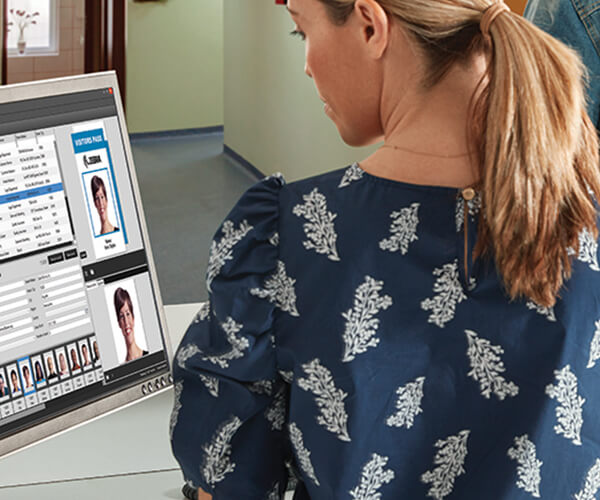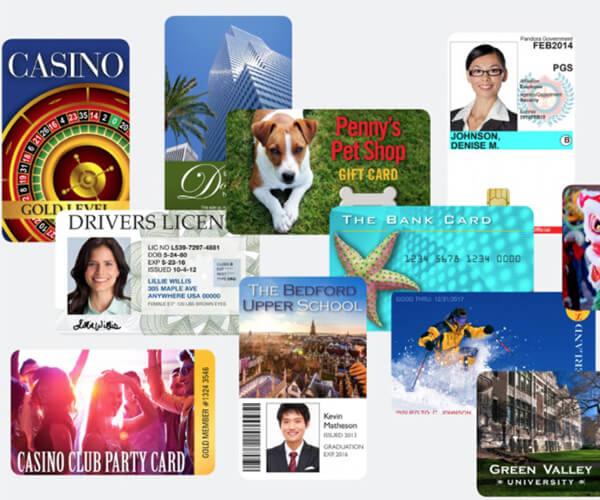Total security and transparency.
Public institutions are defined by the large number of people who visit them every day in search of a solution to a problem. In addition to these people in the institution, the civil servants and ancillary staff who support the work on the premises must also be taken into account. Thus one of the main challenges faced by a public institution is to ensure a secure environment: limiting the access of unauthorized persons to certain areas (archives, administrative offices, etc.) and differentiating the access of officials based on the requirements they have in carrying out their work tasks.
Access card systems are the simplest and most efficient solution to achieve both objectives. Based on personalized cards, RFID cards and service badges with varying degrees of security, barcode scanners and invisible scanning (magnetic stripe), the systems are easy to implement both for staff working on the premises and for the public who need the services of the institution.
The implementation of these systems limits the access of officials to certain areas that need a higher degree of security and are not related to the tasks they are required to perform on a routine basis and completely stops access by unauthorized persons (public, taxpayers, etc.).
Limits access to people inside public institutions through single access cards.
It creates a secure framework by differentiating access levels according to the legislation in force or the person's position in the organization chart.
Combine access cards with loyalty cards or membership cards to give taxpayers a more enjoyable experience in libraries, schools or other public institutions.
Solutions can be customized according to the specifications of the respective institution: service badges with different degrees of security, magnetic stripe cards, adhesive cards, RFID cards and barcode scanners, invisible scanning (for magnetic stripe) or RFID.
Although most public institutions have the services of a security and protection company, these staff are not able to provide surveillance for both entry/exit points and ‘sensitive’ areas where the general public or certain categories of officials should not have access.
Access card systems for public institutions are a simple, discreet and easy to implement solution to provide a secure environment for doing business without additional investment in staff.


Staff working in a public institution need certain resources to carry out their tasks and to help taxpayers who arrive at the office or counter. These resources may be available to all employees of the institution or only to certain categories, depending on the organisation chart of the institution.
The implementation of an access card system makes it possible to secure those sensitive areas (such as the institution’s archives or areas where certain taxes/charges are collected) according to the level of each individual official.
The access control system is placed at the entrance to each room and is connected to the door lock. It only unlocks if the person has access to that room, as determined by the unique card they hold.
Public institutions are subject to legislation protecting personal data – data that should only be accessible to certain officials. Also, some institutions operate with the collection of fees and taxes and thus operate with considerable amounts of money. Access to both types of resources may not be uniform across the institution’s staff.
Access card systems allow the institutions to provide differentiated access according to the needs of the job description and thus increase the security of sensitive areas: only categories or persons authorised to operate in certain rooms or with certain resources can access them exclusively on the basis of the personal access card.
An additional benefit is the elimination of the risk of the general public entering restricted areas within the institution, which is limited to predetermined areas.




The access card system can be used both to secure access to the premises and to create a better experience for taxpayers – an experience that encourages them to return and be rewarded for their loyalty through their membership card.
This type of card can be used in libraries (to reward repeat borrowers, for example) or schools to provide access to students and teachers only, preventing unauthorised entry to the facility and providing privileged access to certain facilities (swimming pools, gyms, amphitheatres, etc.).
Depending on the institution’s level of technology, access card systems can be customised with equipment and consumables, offering several unique card options assigned to each user.
The cards can operate on barcodes, magnetic stripes or RFID but one element remains constant: instant access to any room as long as that access is granted from the centralised system to the employee/user.


© IT Genetics . All rights reserved.